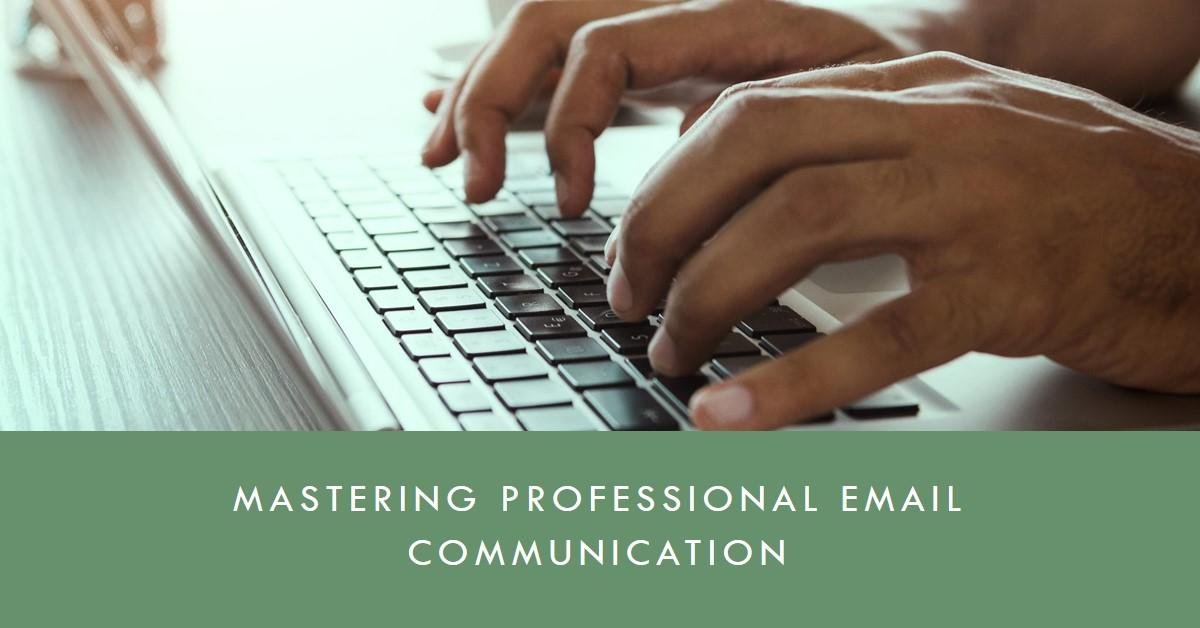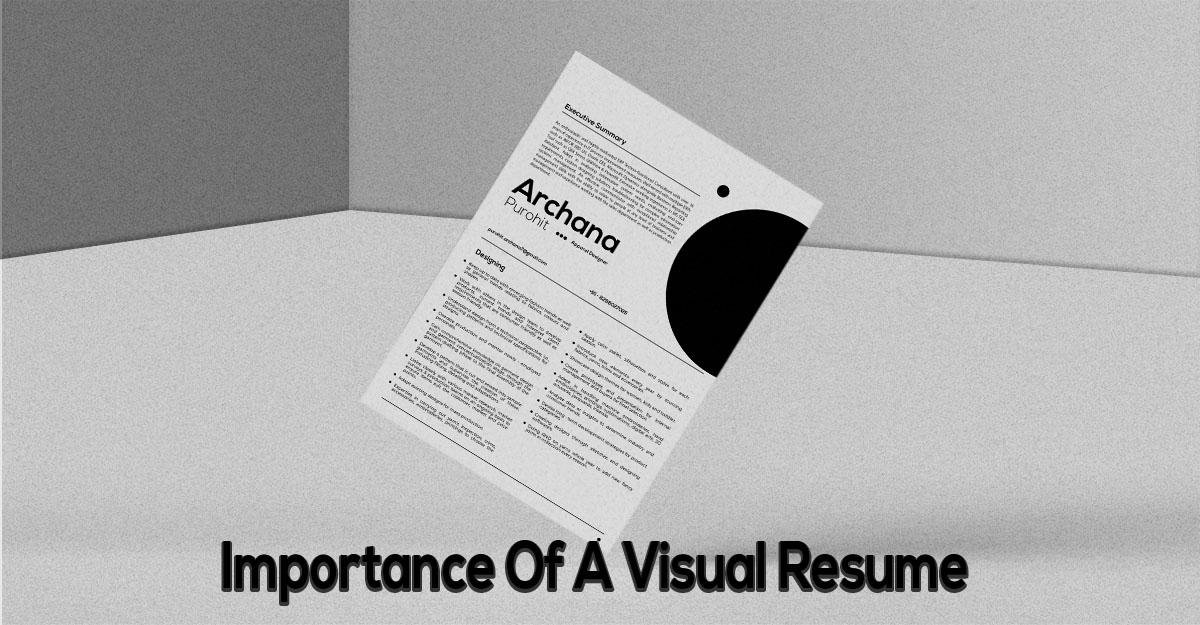Effective Email Communication in Your Professional Life: Best Practices

In the fast-paced world of professional communication, mastering the art of effective email communication is crucial for success. Whether you're reaching out to clients, colleagues, or potential employers, your emails represent you and your brand. Therefore, it's essential to ensure that your emails are clear, concise, and professional. In this article, we'll explore the best practices for effective email communication in your professional life.
Understanding the Importance of Effective Email Communication
Email has become the primary mode of communication in the business world. It's convenient, fast, and allows for asynchronous communication across different time zones and schedules. However, with the sheer volume of emails being exchanged daily, it's easy for your message to get lost in the clutter. Effective email communication helps you cut through the noise and ensures that your message is understood and acted upon.
Best Practices for Effective Email Communication
1. Clear and Concise Subject Line:
The subject line is the first thing your recipient sees. Make sure it accurately reflects the content of your email and entices the recipient to open it. Keep it concise and avoid vague or generic subject lines.
2. Use a Professional Tone:
Maintain a professional tone in your emails, regardless of the recipient. Use proper grammar, punctuation, and spelling. Avoid slang or overly casual language unless it's appropriate for the context.
3. Keep it Short and Sweet:
In today's busy world, people don't have time to read long, rambling emails. Keep your messages short and to the point. If you need to convey complex information, consider using bullet points or numbered lists for clarity.
4. Personalize Your Emails:
Whenever possible, address the recipient by name and tailor your message to their specific needs or interests. Personalization shows that you value the recipient's time and attention.
5. Be Respectful of Time:
Respect the recipient's time by getting straight to the point and avoiding unnecessary fluff. If your email requires a response or action, make it clear and provide any necessary deadlines.
6. Proofread Before Sending:
Always proofread your emails before hitting send. Check for typos, grammatical errors, and formatting issues. A well-written email reflects positively on your professionalism and attention to detail.
7. Use Clear and Direct Language:
Be clear and direct in your communication. Avoid ambiguity or vague language that could lead to misunderstandings. If necessary, provide context or background information to ensure clarity.
8. Include a Call to Action (CTA):
Every email should have a clear call to action. Whether it's scheduling a meeting, responding to a question, or making a decision, clearly state what you want the recipient to do next.
9. Respect Email Etiquette:
Familiarize yourself with common email etiquette guidelines, such as avoiding all caps (which can be interpreted as shouting) and refraining from using too many exclamation points (which can come across as unprofessional).
10. Follow Up if Necessary:
If you haven't received a response to your email within a reasonable timeframe, don't be afraid to follow up. Keep your follow-up polite and professional, and offer to provide any additional information if needed.
Conclusion
Effective email communication is an essential skill in today's professional world. By following these best practices, you can ensure that your emails are clear, concise, and professional, leading to better outcomes and stronger professional relationships.
Remember, your emails represent you and your brand, so make every message count.









